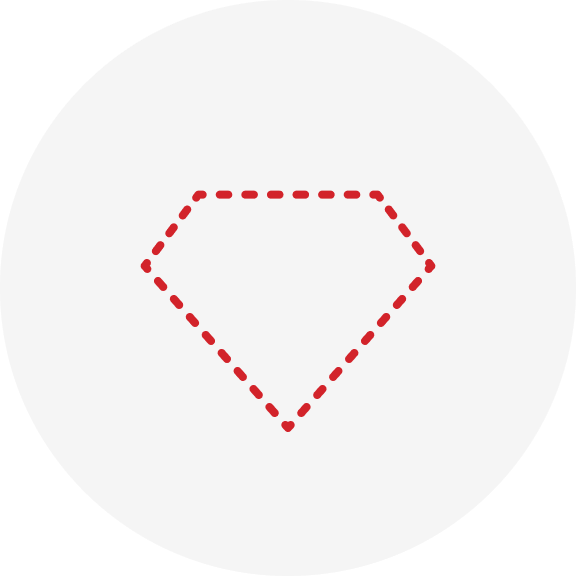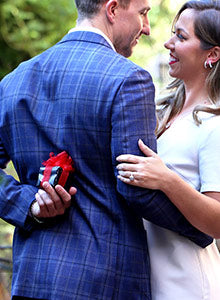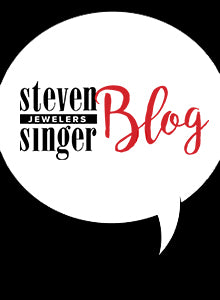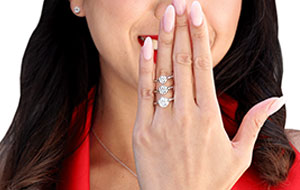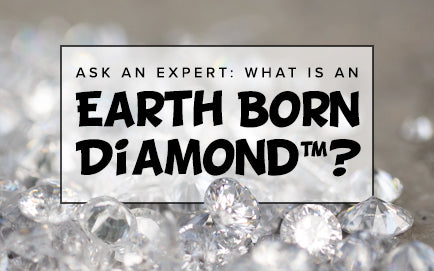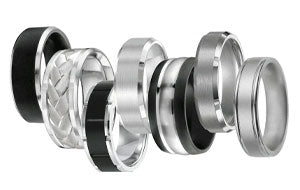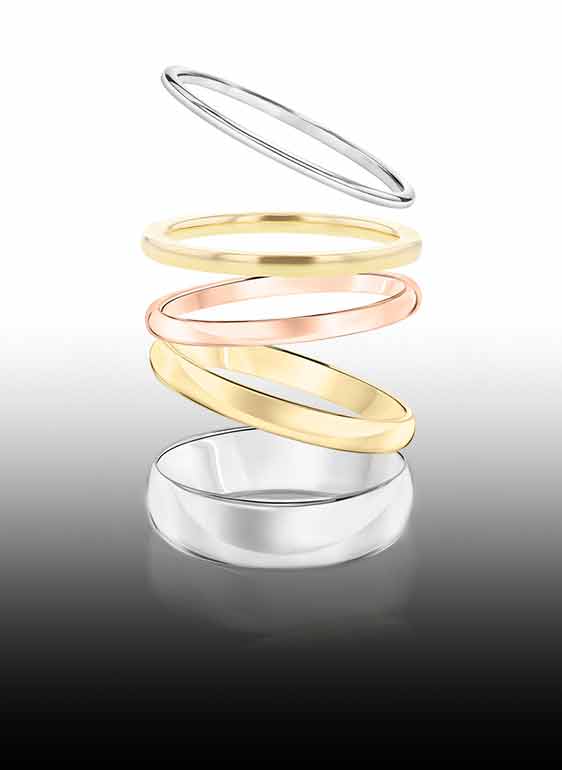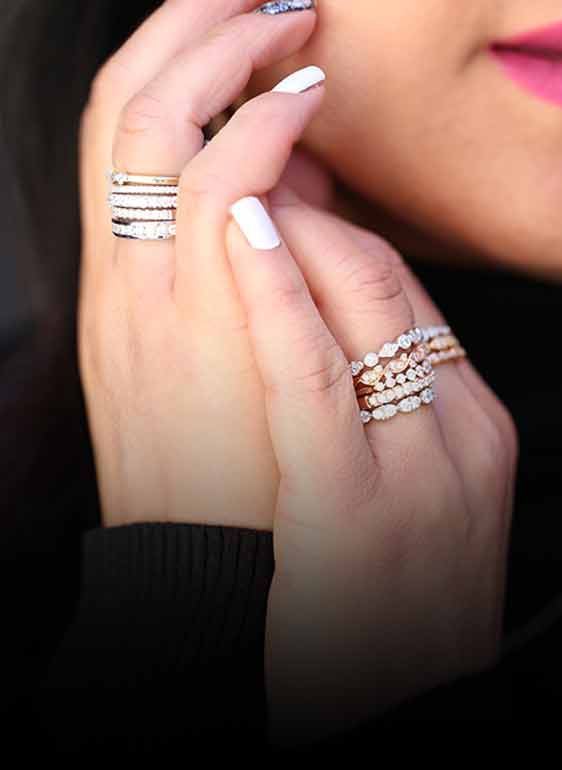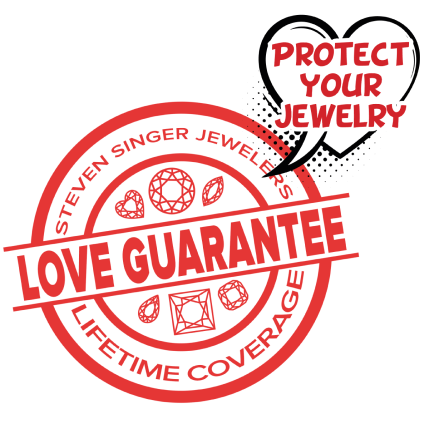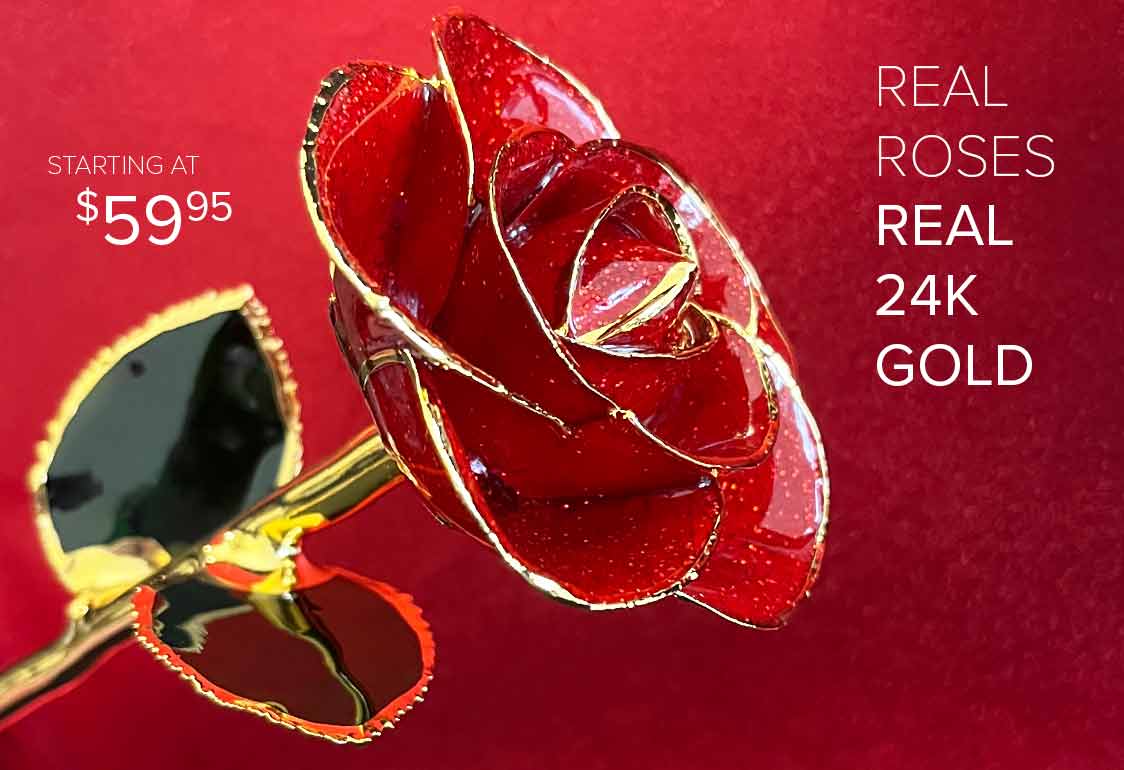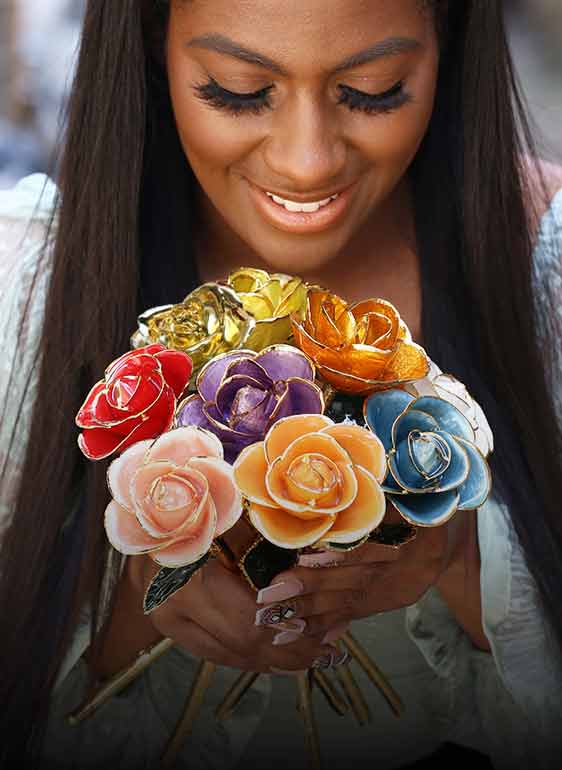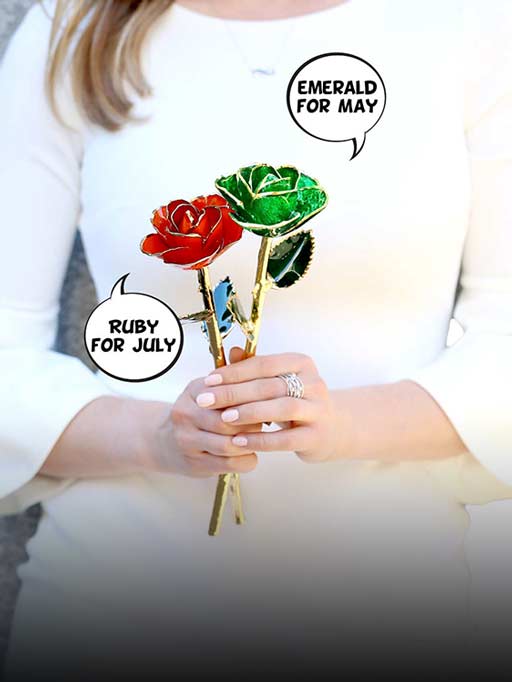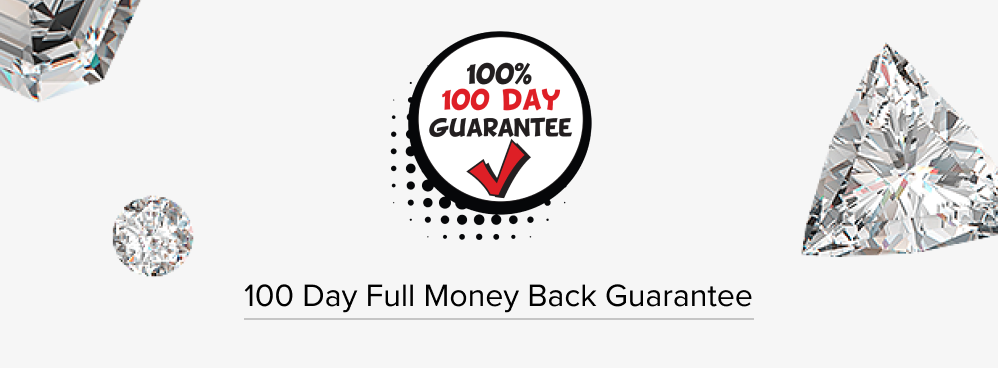Shakespeare asked: “What’s in a name? That which we call a rose by any other name would smell as sweet...?” Would a diamond by another name sparkle just as brightly? What about a stone that wishes it would be a diamond? Moissanite turned up in the cultural conversation on Pinterest as a “life hack;” it is a stone that looks like a diamond but is a fraction of the cost. At Steven Singer Jewelers, we are here to help educate you to know the true cost of what you are buying. Are Moissanite worth it?
How are they Made?
Moissanite stones are 100% lab-created from Silicon Carbide. Moissanite found in nature is extremely rare, which is why all Moissanite on the market is lab grown. They've been lab-growing these stones since the 1990s, which makes them a new alternative to a Natural Diamond. Since they are easily mass-produced, it is a factor as to why they cost so much less than a Natural Diamond. The beauty of a Natural Diamond is just how unique each one is, as no two diamonds are the same. Moissanite is about 90% less per carat than a Natural Diamond, which is because Moissanite is mass produced giving no value for resale. Every Moissanite is the same and they are in abundance, while Natural Diamonds are each different and rare to come by. (Note: It is estimated that in the next 2o-years we will have exhausted the Earth's natural diamond supply.) Many people consider Natural Diamonds an investment purchase, much like with a house.
Are they as hard as a Diamond?
The Mohs Scale measures the strength and durability of a stone or crystal. The only stone that ranks 10 on the Mohs Scale is a Diamond. A Moissanite ranks 9.25 on the Scale alongside Sapphires at a 9. What makes Diamonds so great for engagement rings is their durability. While a Diamond can get damaged, it is rare, making them perfect for everyday wear and tear. Moissanite comes close in strength to a Diamond meaning it could serve as a good alternative, but will likely get damaged more easily during routine everyday wear.
How do they compare with Sparkle?
The Round Brilliant cut was designed to maximize sparkle. Moissanite stones are double reflective, which can give them a bit of added sparkle, but the difference is extremely minimal. Natural diamonds refract at an index of 2.42, while Moissanite refracts at 2.65. The higher refractiveness of a Moissanite leads to them to refract yellow or green, while Natural Diamonds refract white. This is how you can easily spot the real thing versus the mass-produced copy.
Always Here to Help!
We at Steven Singer only carry natural diamonds, but we are committed to answering all your burning questions. We hope this FAQ was helpful!
If you have more questions or are interested in Natural diamonds, schedule an appointment today with one of our Expert Jewelers!
